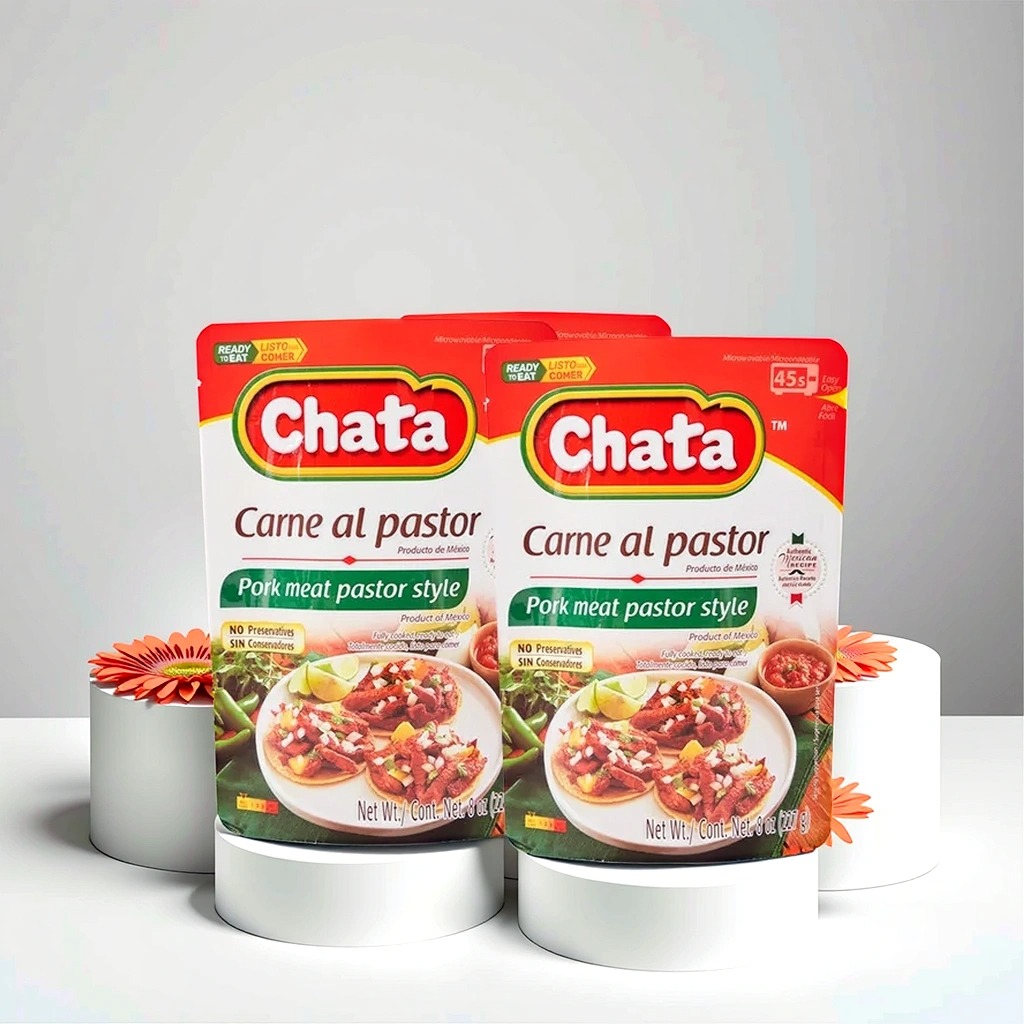When you received your packaging bags, did you have found that there always printing issues makes you trouble? Let’s see why your packages have printing quality issues.
Almost all customized plastic bags need to be printed with logo patterns. Although the quality of plastic bags is focused on their materials, the quality of printing directly affects the reputation of plastic bag manufacturers, and even causes the product to be scrapped. Asia PKG Group summarizes some common problems and solutions in the process of plastic bag printing, hoping to help plastic bag printing manufacturers in the same industry, and of course, hope to learn from and promote each other. For the vast number of new and old customers, if you read this article, you can at least understand how the quality problems of plastic bag printing occur and how to avoid them.
1. Adhesion weak firm between printing ink and plastic film.
The factors that lead to poor adhesion are divided into plastic film and ink factors
Plastic film factor:
1. The degree of corona treatment on the surface of the film is not enough, the required tension is not reached, or the surface of the treated substrate is ineffective due to poor storage environment and too long storage time, causing the surface tension to decay and fail. Generally, the surface tension of PP and PE is required to be ≧38mN/m, PET≧50mN/m, and NY≧52mN/m. The surface tension of each batch of membrane should be checked before use.
2. Most of the films are processed with certain lubricants, antistatic agents, moisture-proof agents, etc. These additives slowly penetrate from the film to the surface over time, forming a weak interface layer on the surface of the film, which affects the ink adhesion. focus. Therefore, the film should be used within the validity period, and the surface tension should be checked before use.
3. Materials such as PA, PVA, PET are easy to absorb moisture and reduce the adhesion. Such substrates should be stored under good conditions (temperature and humidity control) and fully preheated before use.
Ink factor:
1. The wrong type of ink is used, and different types of ink are mixed. There are many types of gravure inks, including surface printing and inner printing ink. Different materials correspond to different inks. Various special inks must be used accordingly, otherwise the adhesion fastness is not enough, and the operation process instructions should be checked before production.
2. The deterioration and whitening of the ink will greatly reduce the adhesion.
3. The ink is not fully dried, and there is a lot of residual solvent inside. In addition, a certain drying temperature is extremely beneficial to improve the adhesion of some resin binders.
2. The problem of overprinting errors in the printing process
Overprinting error is a common defect in printing. In the process of multi-color overprinting, each color cannot be completely overlapped, and there is inevitably a certain deviation. The main reasons are as follows:
The quality of personnel:
Because the color registration error exists objectively, employees are required to have strong working ability. Printing is a delicate job,
Must be diligent, careful and responsible. When working, you should do a good job of self-inspection, self-examination, and multiple observations to find problems in time.
Equipment factor:
1. The accuracy and performance of the entire equipment, the tension control of overprinting, the heating and air supply system, the coordination of the embossing rubber roller, plate roller, plate shaft, guide roller and other systems, these conditions determine the temperature, pressure, and parallelism during overprinting. , elongation, coiling, etc., and the color registration system itself limits its accuracy.
2. The chromatic photoelectric device should be well maintained and operated correctly. For example, if the halogen light source is weak, the optical fiber or halogen bulb should be replaced, and the distance between the reflector and the scanning head should be adjusted correctly, generally about 8mm.
3. The increment of the plate roller is not suitable, which is easy to cause inaccurate longitudinal color registration, deformation of the rubber of the embossing roller, and insufficient elasticity. To keep the pressure roller in good condition

Operating process factors:
1. The tension setting of the substrate is unreasonable, the tension is too small, the substrate is slack, and the vertical and horizontal color registration is inaccurate; if the tension is too large, the substrate shrinks horizontally and the vertical color registration is unstable, adjust the tension accordingly.
2. The temperature is not suitable, especially the temperature of the oven is too high, and the temperature of the cooling roller is too high to deform the film. For the film that is not flat, the temperature of the preheating box should be appropriately increased.
3. The air intake and exhaust volume in the oven is unbalanced, causing the film to vibrate in the oven. Use an anemometer to measure the intake and exhaust air volume and control it.
4. Improper installation of the plate roller, such as eccentricity, be sure to clean the ink on the plug before installing the plate roller.
3. The causes of scraper line marks are divided into line marks without ink and line marks with ink.
Line marks without ink are mainly caused by hard inorganic impurities mixed in the ink, such as sand, etc. These hard particles are embedded in the edge of the scraper and cause lines mark. Sometimes such squeegee lines are also dashed, and the appearance of such squeegee lines can easily damage the printing and the squeegee. Line marks with ink
1. Thick continuous scraper line marks with ink. This is mainly due to the fact that some coarser soft particles or impurities have pushed up the squeegee,Or the blade edge of the scraper is damaged. This is the simplest and most common scraper line mark.
2. Meteor-shaped scraper marks. This type of scraper line marks generally appear in the shallow or unengraved dots of the printing plate roller, and they appear and disappear from time to time, which is extremely harmful to product quality. The reasons for this type of scraper line marks are complicated. Over the years, some people have explained it from the aspects of ink, plate making, printing environment, etc., but so far, none of them is perfect. betteris the “active particle hypothesis”.
3. Filament-like continuous scraper marks. This kind of scraper line marks are small, like hair, which often appear during the printing process, and are difficult to observe on the printing machine. When a large number of products have been printed and distributed, it is extremely harmful to the quality.
This kind of scraper line marks can be divided into two types, one is soft and can be gently wiped off with a bamboo knife, mainly caused by impurities; and the other is soft.
It is hair-like at first, and then gradually distributed in a band, which cannot be wiped off with a bamboo knife. The reasons for its occurrence are very complicated.
Involving ink, plate making, ambient temperature, humidity, blade hardness, etc., specific problems need to be analyzed and dealt with. total
Generally speaking, there are the following aspects:
a. Plate roll aspect. The surface finish of the roller is not good, the hardness of the chrome-plated layer on the surface of the roller is not enough, the plate roller is too smooth and there is no lubrication.
It is also easy to use.
b. Ink aspects. The fineness of the ink is not enough, the pigment particles are too large, and the granular impurities are mixed during the use of the ink;
The dilution is not standardized, resulting in the phenomenon of solvent impact; the antistatic performance of the ink is poor, and the lubricating performance of the ink is poor. High hardness pigments

Use produces lines.
c. Environmental aspects. The temperature, humidity and cleanliness of the air in the press room can also have an effect.
d. Scraper aspect. A hard squeegee produces more line marks than a soft squeegee. In addition, if the scraper line marks are generated and cannot be handled in time, a large bunch of scraper marks will be generated around the line marks with the back and forth swing of the scraper.
How to deal with line marks on printing film
1. When installing the knife, it must be flat and careful. Before installing the knife, check whether the scraper blade has any gaps. After installing the knife, it must be carefully ground. If the blade appears during the printing process, it must be stopped and then carefully ground. It is strictly forbidden to mix the oil of sharpening knife into the ink.
2. The blade wire caused by the plate roller generally appears in the part of the shallow screen, such as rough plate, excessively uneven gradient, and inappropriate net depth
Wait. Generally, it should be processed by grinding with metallographic sandpaper. Pay attention to the uniform force when grinding. If it is serious, it should be returned to the plate-making factory for processing.
3. Reduce the viscosity of the ink. If the viscosity is too high, the ink on the layout will dry too quickly, which will relatively increase the friction between the printing roller and the scraper, making it difficult for the scraper to scrape off the ink on the layout to form filaments.
4. If the blade is caused by ink, it is generally caused by garbage in the ink or uneven ink dissolution. Filter the ink, re-select a solvent with strong dissolving power, or change the ink.
4. The problem of chromatic aberration caused by printing.
Ink factor
1. It is required to add less ink to the ink tray each time to keep adding new ink frequently;
2. The viscosity of the ink is required to be consistent throughout, preferably with a viscosity controller;
3. The difference in density of organic and inorganic pigments in light-colored inks can easily cause malfunctions.
Squeegee factor The position, angle and pressure of the squeegee contacting the printing plate have a great influence on the ink color of the printed product, especially the ink in the shallow part.
Production process factors
The printing speed should be kept as constant as possible during formal production. The ink must be fully stirred, and the ink circulation is smooth. Control the plate not to blow irregular airflow.
Five, blocked version
Cause of blockage
1. Caused by ink drying. There are the following factors that cause ink drying:
a. The solvent does not match the printing speed, and the drying is too fast;
b. The position of the scraper is too far from the embossing point, and the ink in the concave eye is exposed to the air for too long;
c. The diameter of the printing gravure cylinder is too large, and the immersion in the ink tray is too shallow;
d. The hot air in the drying box leaks out and blows to the surface of the plate roller;
e. When the plate roller is idle for a long time, the ink cannot be transferred in the mesh for a long time, and it gradually dries up;
2. It is caused by impurities mixed into the ink. The substrate often generates static electricity during operation, attracting dust and impurities in the environment into the ink, and entering the mesh to cause blockage;
3. Caused by poor gravure quality. In the production process of the plate roller, the inner wall of the mesh is rough, the chrome plating is uneven, and burrs are generated during grinding, which have an impact on the ink transfer rate, and cause plate blocking when severely punished;
4. Poor ink state, ink deterioration, misuse of solvent, mixing of different inks, etc. seriously affect the solubility of ink, resulting in blockage;
5. Chemical changes. For two-liquid reactive inks, chemical reactions such as cross-linking occur gradually with the progress of differential printing.
The fluidity of the ink deteriorates, the viscosity increases, and the transfer rate decreases, resulting in blockage.

Blocked solution
1. Use a solvent that is compatible with the printing speed, especially when the temperature is high, use a slow-drying solvent appropriately;
2. In the range where the printing quality is not affected, shorten the distance between the position of the scraper and the imprinting point as much as possible;
3. Maintain and check the leakage of dry hot air, or use baffles to prevent the hot air from blowing directly to the layout;
4. Always stir the ink in the ink tray to keep the ink flowing, and add new ink in time to reduce the generation of ink skin;
5. If the inner wall of the plate roller is of poor quality and causes the plate to be blocked, the plate should be remade;
6. Wipe the plate roller with solvent before starting the machine or when it is just started. During printing, try to avoid prolonged shutdown. When it needs to be shut down for a long time, first clean the plate roller or immerse the plate roller in the ink for idling, but it should not be too long. time;
7. When the ink has its additives and wax substances precipitated due to temperature difference and other reasons, heat the ink to 40~50℃ before use to dissolve it;
8. When the ink is deteriorated, the solvent is misused, or mixed with different inks, the ink should be replaced, and the ink tank and circulating pump should be cleaned.
6. Adhesion (anti-adhesion, back-adhesion, thermal adhesion, adhesive back)
cause of adhesion
1. Insufficient drying and much residual solvent. Especially when the printing plate is deep and slow-drying solvent is used in large quantities;
2. Improper use of two-liquid reactive ink, such as improper amount of curing agent, can prevent the ink from curing, and can also cause adhesion;
3. Insufficient cooling of the film after printing and drying;
4. Caused by too much pressure during winding;
5. If the storage environment temperature is too high and the film roll is lying horizontally, it is easy to produce sticky ink;
6. Low ink adhesion, easy to transfer sticky ink;
7. Gold ink and silver ink are easy to be insufficiently dried when printing, resulting in sticky ink;
8. For double-sided corona-treated materials, PT, PA and other materials with high surface tension on both sides.
The solution to ink sticking
1. Keep the drying system in the best state, the drying temperature, air volume and air speed are suitable, and match the printing speed to fully reduce the residual solvent;
2. Check whether the cooling roller is in good working condition, so that the film can be fully cooled;
3. The winding tension and winding pressure should be appropriate, and the number of winding meters should be reduced if necessary;
4. When printing gold and silver ink, the printing speed should be reduced and fully dried;
5. Use anti-blocking additives if necessary.
Eight, electrostatic failure
Static phenomenon:
Since most of the substrates for printing are paper, plastic and other insulating materials, it is easy to generate static electricity and cannot escape. The ink itself also has static electricity. With the accumulation of electric charges, it will cause a series of static electricity failures, which are manifested in the following aspects.
a. Electrostatic streak phenomenon. It mainly occurs when printing polyolefin films, and some irregularly shaped spots are formed in the large-area pattern part;
b. Electrostatic burr phenomenon. A linear “whisker” appears around the drawn line;
c. Electrostatic repulsion leakage phenomenon. For example, there are gaps caused by repulsion when white ink is laid around some characters;
d. Electrostatic vacuuming phenomenon. Absorb dust and impurities in the air, reduce the transfer rate of ink, and appear flower spots on the pictures and texts;
e. Electrostatic discharge phenomenon. When static electricity is serious, it will cause air discharge, cause fire, and cause serious accident.
Causes of static electricity:
1. Friction electrification. Friction generates electric charge when passing through high-speed printing equipment;
2. The ink accumulates charge after running for a long time, especially when non-polar solvents are used.
Methods to eliminate static electricity:
1. Control the humidity, generally the relative humidity is about 65%;
2. Ground. The most direct method is to connect the metal body to the ground, and the electric charge will leak through the ground, such as installing a carbon fiber brush,
Make the film in contact with it and ground it to eliminate static electricity;
3. Add an appropriate amount of antistatic agent to the ink, and add polar solvents, such as methyl ethyl ketone, isopropyl alcohol, etc.;
4. Properly increasing the ink viscosity can reduce electrostatic failure;
5. Static eliminator – collector, commonly used in paper printing.
Based on the above, plastic bag printing must maintain a good workshop environment from the very beginning, keep the color printing environment as clean and hygienic as possible, and install an air filter and check the dust content. At the same time, the manufacturer’s printing equipment and technology should be continuously improved, and the employees’ printing technology and sense of responsibility should be continuously improved. Only in this way can the high quality of the products be guaranteed.